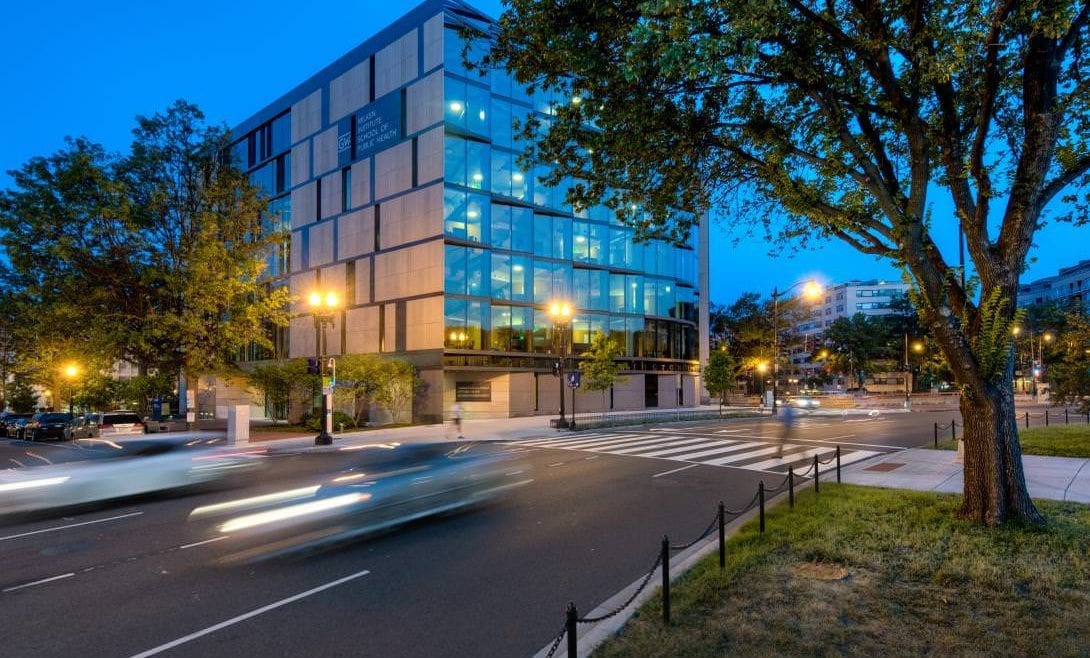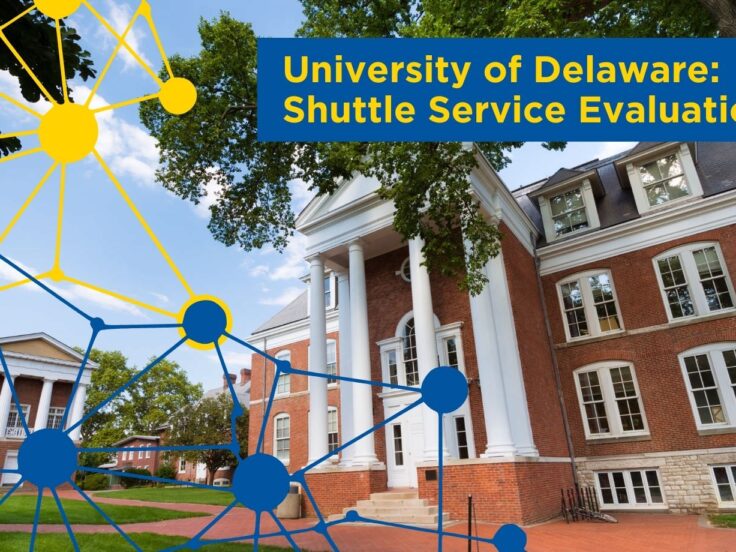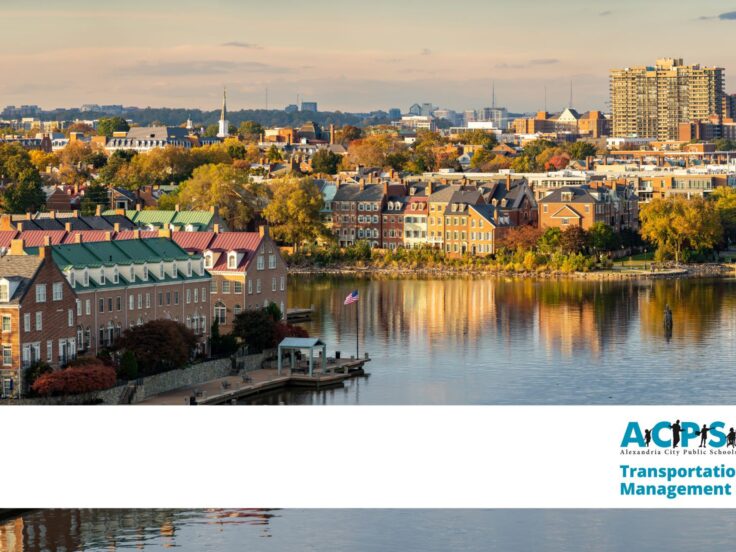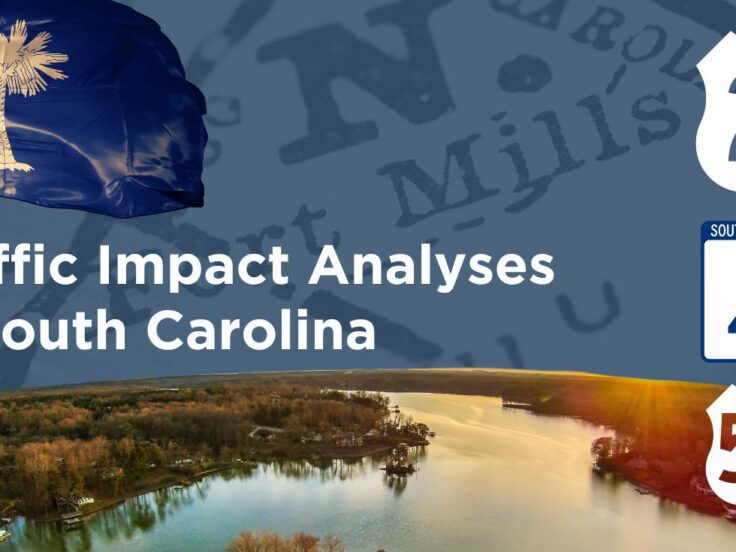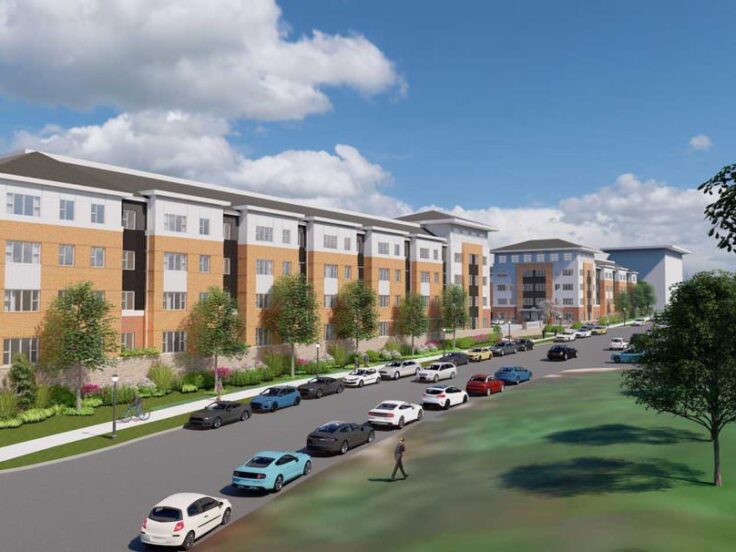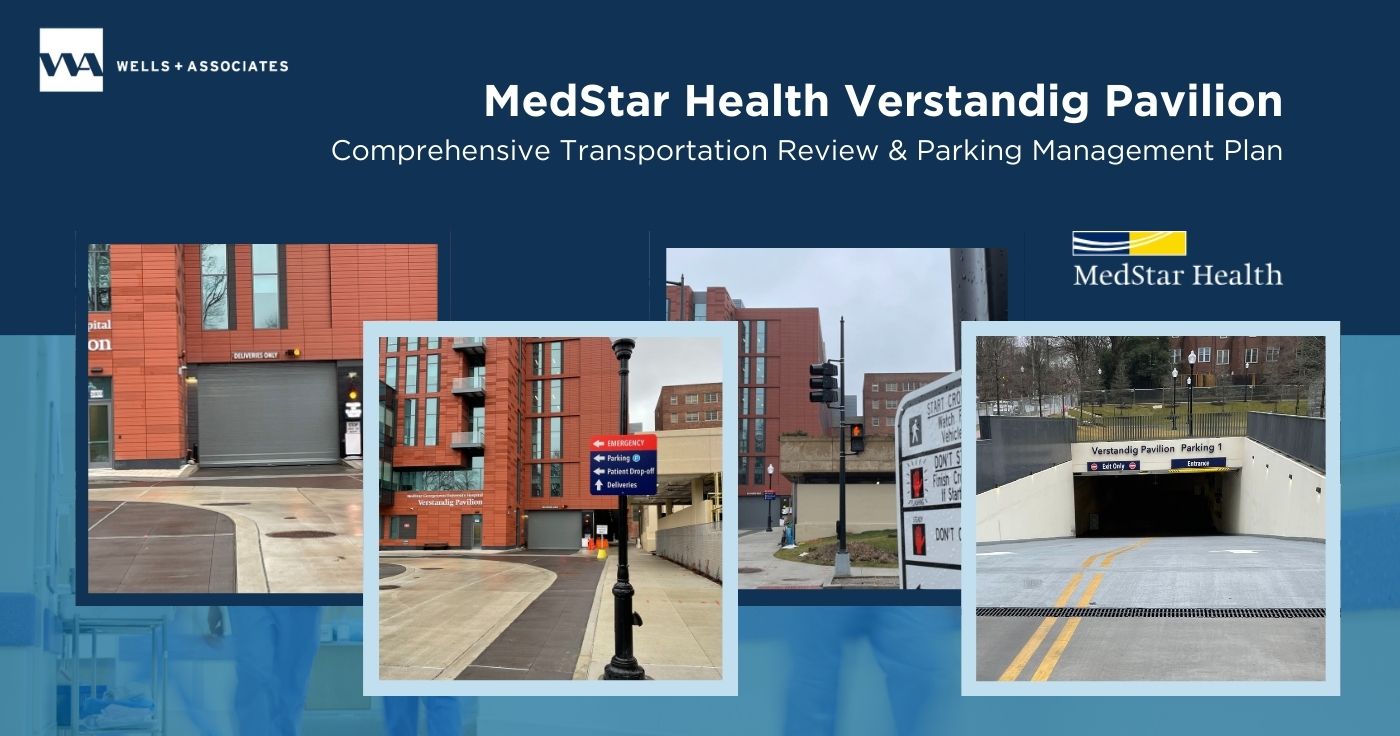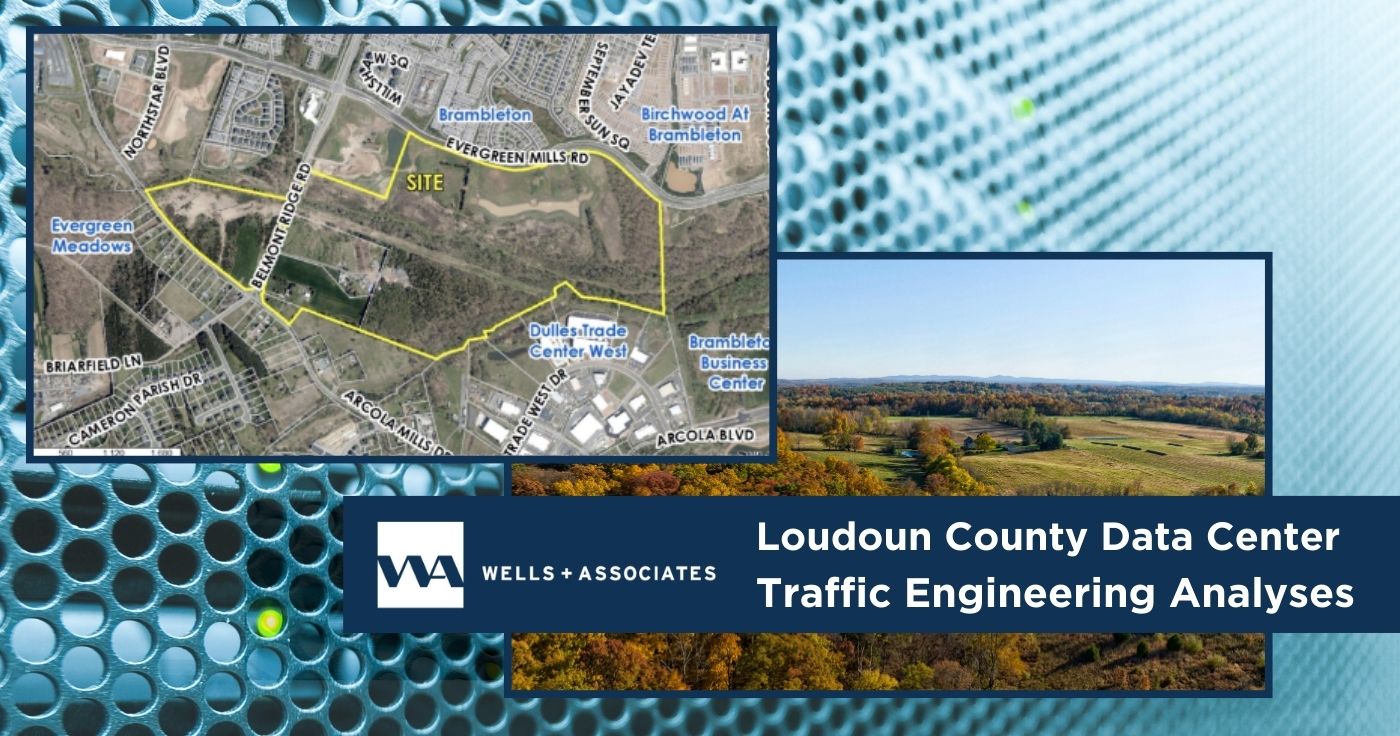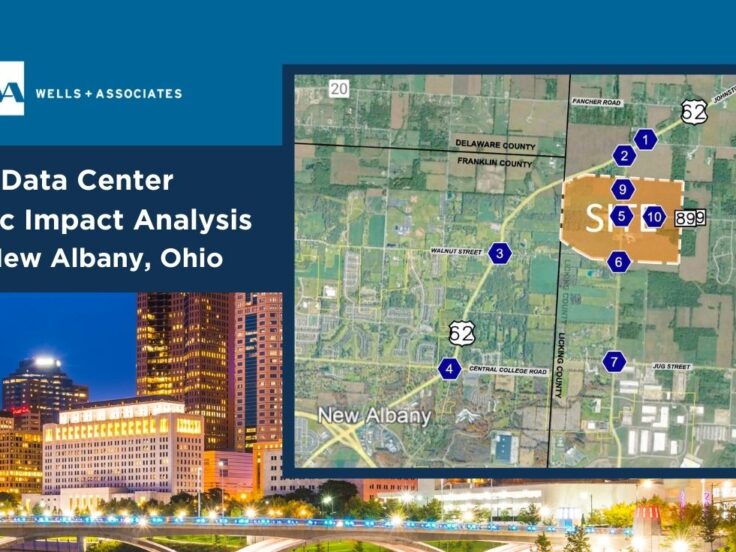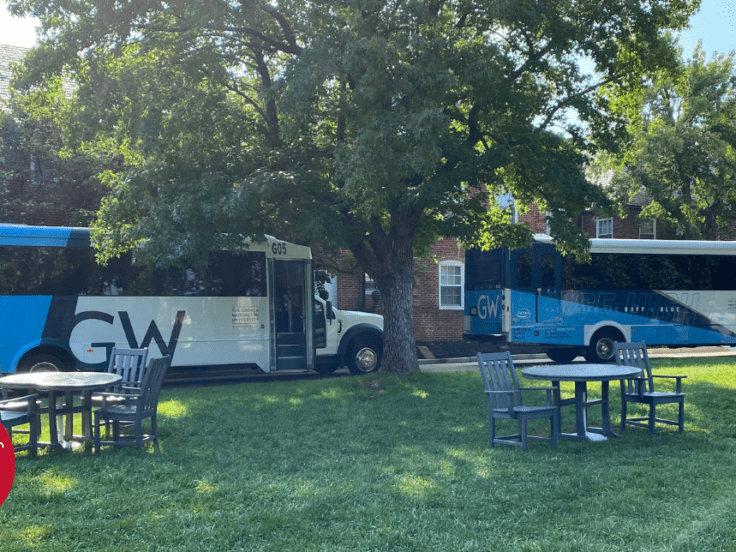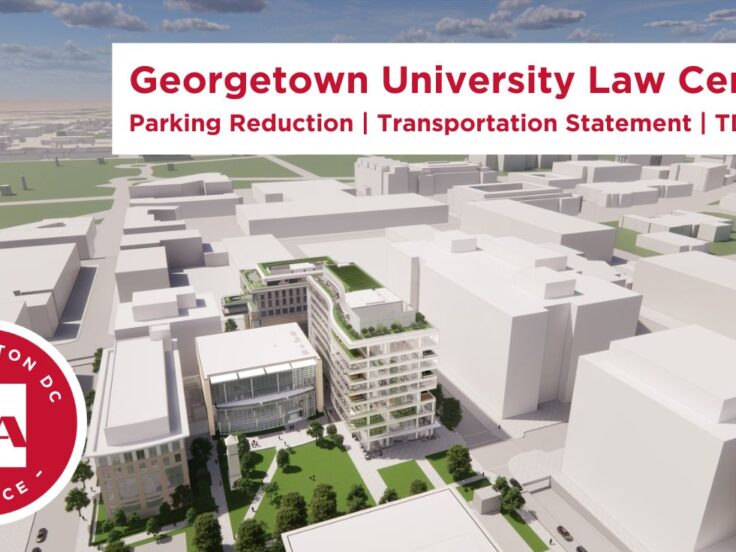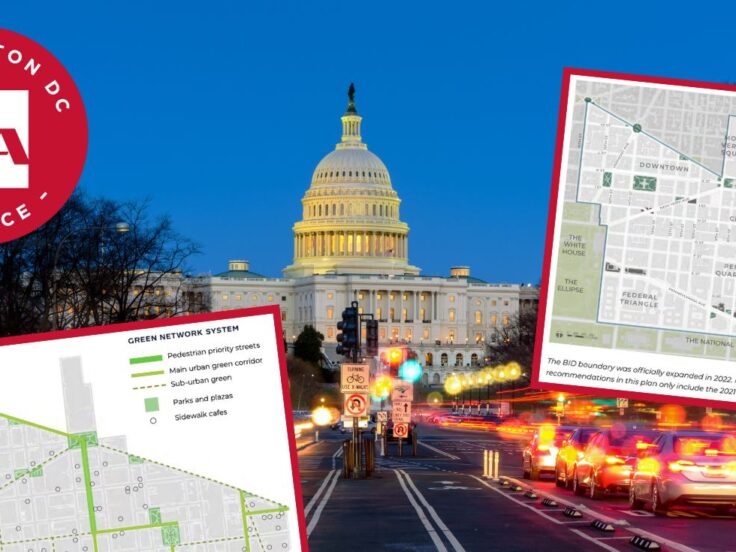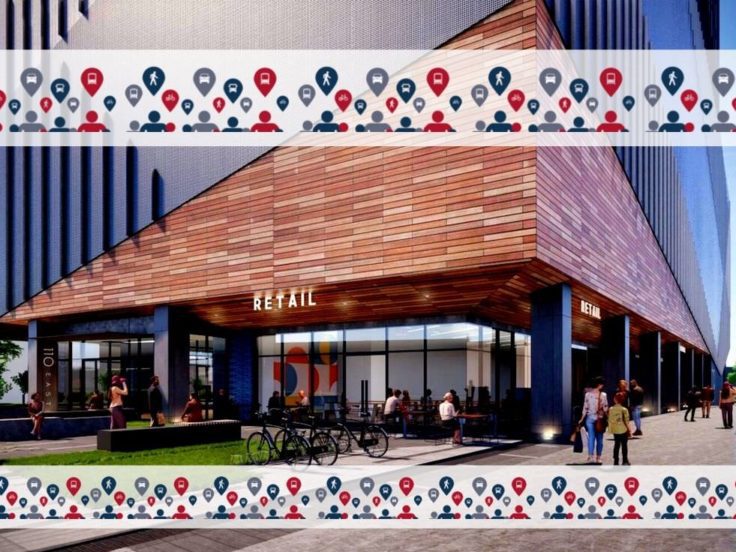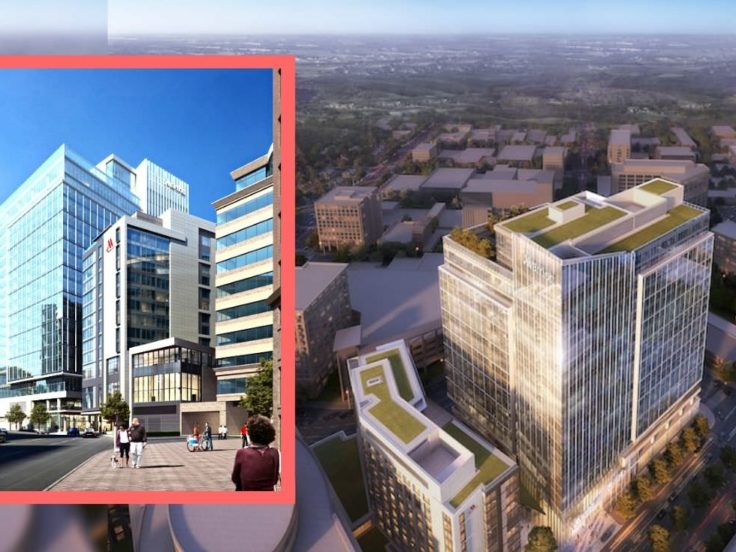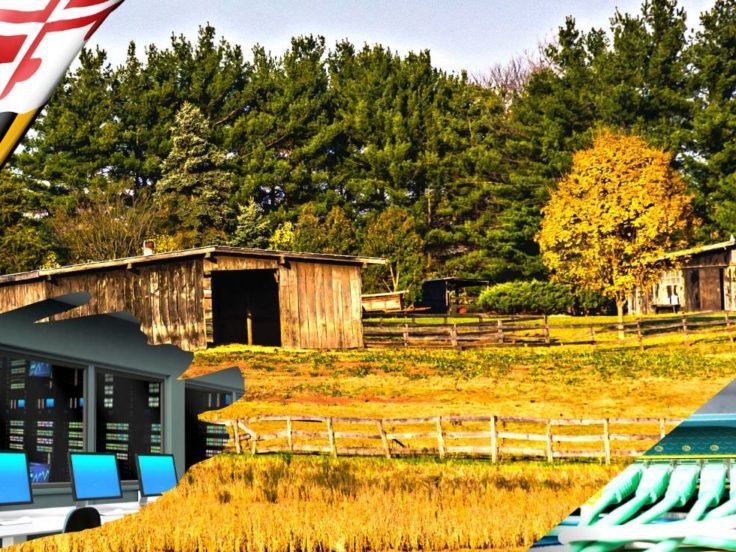Wood Street
Transportation Studies and Customized Solutions Achieve Project Approvals
The George Washington University (GW) Foggy Bottom Campus includes approximately 44 acres of land in the Foggy Bottom neighborhood of Washington, DC. W+A’s Washington, DC traffic engineers and transportation planners have worked with the District of Columbia educational institution on many projects since 2006, beginning with the Foggy Bottom Campus Plan.
GW’s 2006-2025 Foggy Bottom Campus Plan envisioned two million square feet of new high-tech classrooms, labs, offices, residential space, support space, and other modernized facilities through 18 potential redevelopment sites, including demolition of the 1,482-space university parking garage.
Wells + Associates traffic engineering team conducted a multi-modal transportation study that evaluated existing and proposed traffic and parking conditions; documented existing public transportation facilities, pedestrian facilities, bicycle facilities, and loading facilities; and documented the effectiveness of the existing transportation management plan.
In 2007, the Zoning Commission of the District of Columbia approved the Foggy Bottom Campus Plan that W+A developed for the university. Since then, we’ve worked with the University to implement the plan to:
- redevelop Square 54 – the former GW hospital site
- build GW’s new Science and Engineering Hall – the former University Parking Garage site
- build the new School of Public Health and Health Services
- build the GW Museum
- redevelop Square 75, allowing for construction of a new office building
- redevelop Square 77, allowing for construction of a new residence hall
For each of these projects, W+A’s consultants prepared comprehensive transportation studies that evaluated the individual impacts of the redevelopment sites, and provided expert testimony at the Zoning Commission hearings. Each project was unique and offered a distinct set of transportation challenges that our skilled team successfully tackled. W+A worked with the University, project architects, and District Department of Transportation (DDOT) to develop recommendations for each project. From loading management plans, to Transportation Demand Management plans, to operational improvements, W+A developed customized solutions that ultimately led to project approvals.

